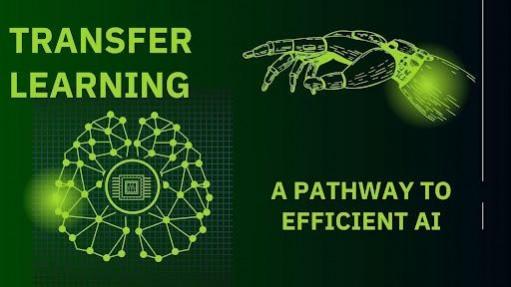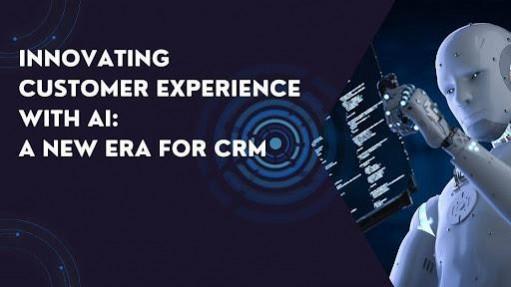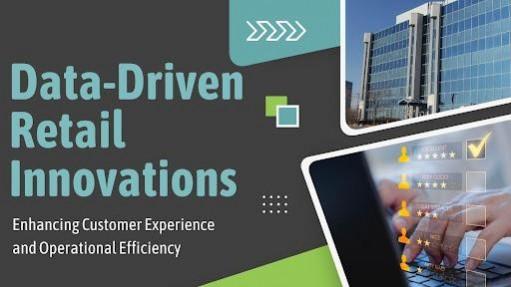
India‘s electronics manufacturing industry is on a rapid growth trajectory, with a target to reach $500 billion in local manufacturing by FY30. This ambitious goal is underpinned by a strategic focus on export growth, with the industry aiming to emerge as one of the top three global exporters in this domain by 2030. The industry’s growth has been remarkable, with production increasing from Rs 1.9 lakh crore in 2014-15 to Rs 9.52 lakh crore in 2023-24, marking an annual compounded growth rate of 17.4%.
The government’s production-linked incentive (PLI) schemes have played a crucial role in this growth, incentivizing manufacturing and attracting investments. The government has exceeded the overall production target, reaching Rs 6.61 lakh crore as the total value of production and investment of Rs 9,100 crore, well above the investment target. The industry’s growth has not been without challenges. Raw material resource scarcity has been a primary concern. However, initiatives like the PLI scheme are helping to overcome this hurdle, positioning India to become a key player in electronics component manufacturing. This will greatly enhance product development and contribute to the industry’s growth.
The industry’s expansion has also had significant implications for job creation and gender diversity. The growth of manufacturing facilities and the building of stronger local supply chains have created both direct and indirect job opportunities. Notably, there has been a significant shift in the women workforce numbers, leading to a greater balance in gender diversity and inclusion. High-level opportunities are increasingly being offered to women, a space previously dominated by men, especially in sectors such as mobile manufacturing, electronics, and auto industries.

The industry’s focus on export growth is also expected to boost revenue and enhance the global competitiveness of Indian electronics. Expanding into international markets will not only increase revenue but also stimulate domestic demand and attract more investment in local manufacturing. The government’s green signal for the establishment of semiconductor manufacturing units is a crucial step toward Atmanirbhar Bharat. Local manufacturing of display fabs can play a pivotal role in supporting India’s ambitious manufacturing goals while driving economic growth.
Electronics manufacturing industry in India is on a path of rapid growth, driven by strategic initiatives and supportive government policies. The focus on export growth, coupled with measures to overcome challenges such as raw material scarcity, is positioning India as a potential global leader in electronics manufacturing. The industry’s growth is also fostering job creation and promoting gender diversity, contributing to broader social and economic development goals. As the industry continues to grow and evolve, it will be crucial to maintain this momentum and continue to address challenges to ensure the industry’s long-term success and contribution to India’s economic growth.









